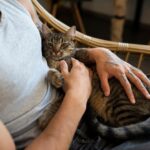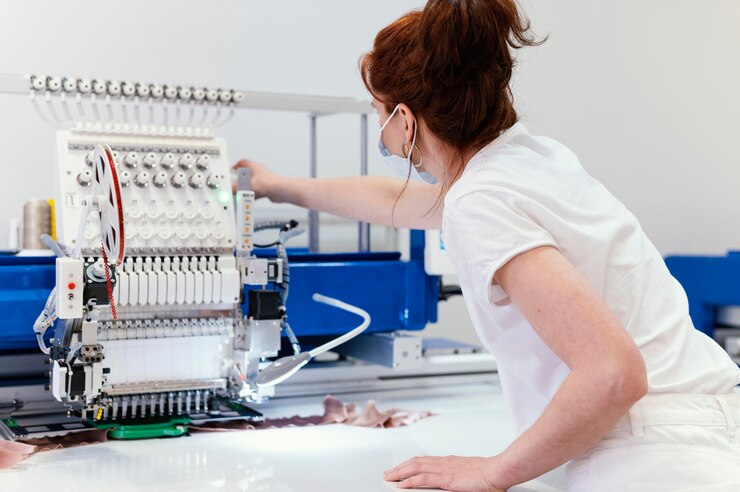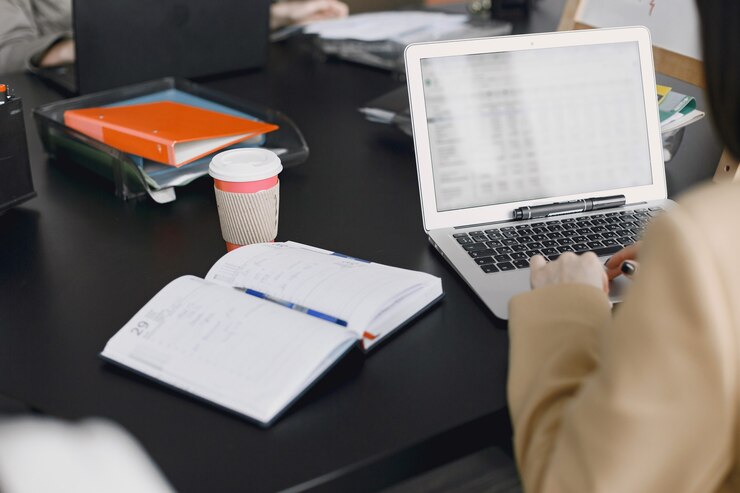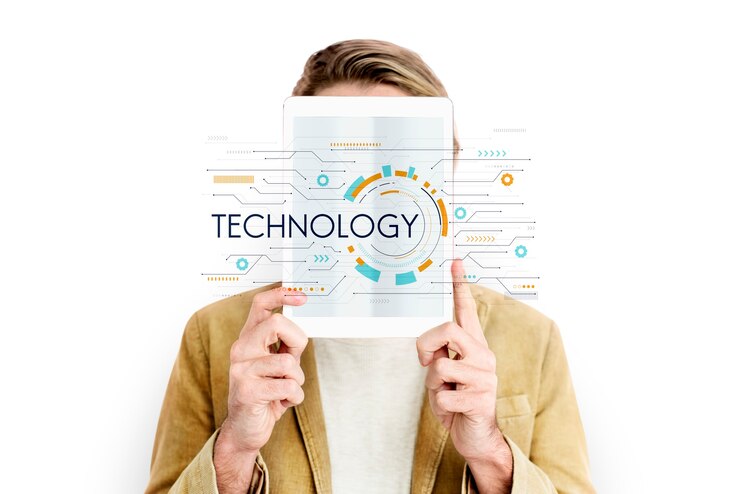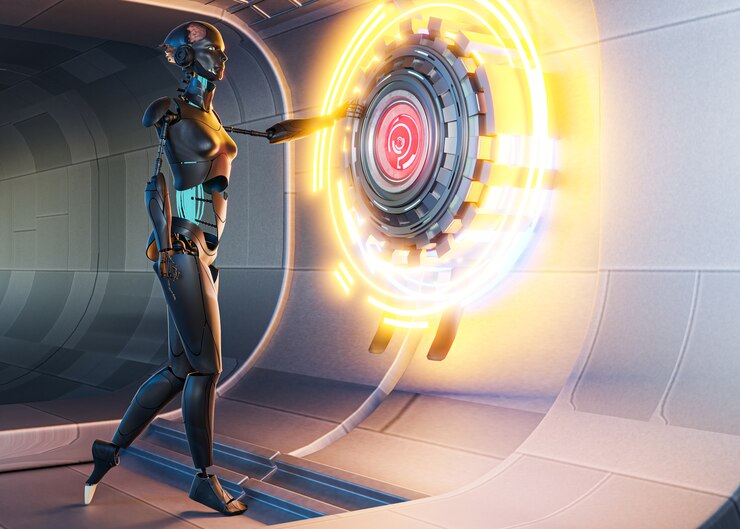Embroidery has long been admired for its ability to transform simple fabric into stunning works of art. Traditionally, this art form required hours of meticulous hand stitching, but today, embroidery machines have revolutionized the craft. Whether you’re a beginner looking to explore a new hobby or a professional seeking efficiency and precision, embroidery machines offer endless possibilities for creating personalized designs.
In this article, we will explore the ins and outs of embroidery machines, including how they work, their key features, and tips for choosing the right machine for your needs. By the end, you’ll have all the information you need to take your embroidery projects to the next level.
What is an Embroidery Machine?
An embroidery machine is a specialized sewing machine that automates the process of creating embroidered patterns on fabric. These machines use computerized technology to stitch intricate designs, logos, and patterns with precision and speed. Unlike traditional sewing machines, embroidery machines come equipped with pre-programmed designs and customizable options, allowing users to create personalized works of art.
Embroidery machines are used by hobbyists, small business owners, and large-scale manufacturers alike. With a variety of models available, from entry-level machines to industrial-grade equipment, there’s an embroidery machine suited for every skill level and purpose.
How Does an Embroidery Machine Work?
Embroidery machines work by following a digital design, often called an embroidery file, which instructs the machine on how to stitch the design onto fabric. The process can be broken down into a few key steps:
- Design Selection: The user selects a design from the machine’s built-in options or uploads a custom design via a USB drive or computer.
- Hooping the Fabric: The fabric is placed in an embroidery hoop, which keeps it taut and stable while the machine stitches the design.
- Threading the Machine: Different colors of embroidery thread are threaded into the machine’s multiple needles, depending on the complexity of the design.
- Stitching the Design: The machine automatically moves the needle(s) and fabric to stitch the design, following the programmed path of the embroidery file.
- Final Adjustments: After the machine finishes, the user may need to trim excess threads or make minor adjustments to ensure the design looks perfect.
Embroidery machines are designed to handle complex designs, including multi-colored patterns, monograms, logos, and decorative stitching. The process is significantly faster and more accurate than hand embroidery, making it ideal for creating intricate designs with consistent quality.
Key Features of an Embroidery Machine
Choosing the right embroidery machine depends on understanding the various features that these machines offer. Some of the most important features to consider include:
1. Built-in Designs and Fonts
Many embroidery machines come preloaded with a collection of built-in designs and fonts. These built-in options are perfect for beginners or users looking for quick and easy projects. Advanced models often allow users to upload custom designs, giving greater creative freedom.
2. USB Connectivity
For those who want to create personalized designs or access a wider library of patterns, USB connectivity is essential. This feature allows users to transfer embroidery files from a computer or USB drive directly to the machine, opening up endless possibilities for custom projects.
3. Automatic Thread Cutter
An automatic thread cutter is a convenient feature that saves time by cutting the thread after each color change or at the end of the design. This eliminates the need to manually trim threads and helps speed up the embroidery process.
4. Multi-Needle Functionality
While most entry-level embroidery machines use a single needle, multi-needle machines are available for more advanced users. These machines can hold multiple threads at once, allowing them to switch between colors automatically without needing manual rethreading. Multi-needle machines are particularly useful for commercial purposes or large projects.
5. Large Embroidery Area
The embroidery area refers to the maximum size of the design that the machine can stitch in one go. Entry-level machines typically offer smaller embroidery areas, suitable for simple projects like monograms or small patches. However, more advanced machines provide larger areas, making them ideal for more complex designs or larger items like jackets and quilts.
6. LCD Touchscreen
Many embroidery machines come equipped with an LCD touchscreen that allows users to easily select designs, adjust settings, and preview their projects before stitching. This feature simplifies the setup process and offers greater control over the final result.
7. Adjustable Speed
For those new to embroidery, adjustable speed settings allow users to slow down the stitching process to ensure accuracy. As you become more experienced, faster speeds can help complete projects more quickly.
Best Embroidery Machines for Beginners
If you’re just starting out with embroidery, selecting a user-friendly machine with essential features is crucial. Below are some of the best embroidery machines for beginners:
1. Brother SE600
The Brother SE600 is a highly popular choice for beginners due to its versatility and ease of use. It’s a sewing and embroidery combo machine, meaning it can handle both regular sewing tasks and embroidery. The machine features:
- A 4″ x 4″ embroidery area
- 80 built-in designs and 6 fonts
- USB connectivity for custom designs
- An LCD touchscreen for easy navigation
This machine is perfect for those who want to dip their toes into embroidery while still having the functionality of a traditional sewing machine.
2. Janome Memory Craft 400E
The Janome Memory Craft 400E is a dedicated embroidery machine designed for beginners who are serious about embroidery. Key features include:
- A large 7.9″ x 7.9″ embroidery area
- 160 built-in designs and 6 fonts
- Adjustable speed and automatic thread cutter
- USB port for importing custom designs
With its larger embroidery area and wide range of built-in designs, this machine offers more creative freedom while remaining beginner-friendly.
3. Singer Legacy SE300
The Singer Legacy SE300 is another excellent option for beginners, offering a sleek design and advanced features at an affordable price point. Its key features include:
- A 200 built-in embroidery designs and 6 fonts
- A large 10.25″ x 6″ embroidery area
- USB connectivity for importing designs
- Automatic needle threader and thread cutter
With its combination of high-tech features and ease of use, the SE300 is ideal for beginners who want a powerful machine that can grow with them as they gain more experience.
Embroidery Machines for Professionals
For those who run embroidery businesses or need machines for more complex, large-scale projects, professional-grade machines offer advanced functionality and durability. Here are some top choices for professionals:
1. Brother PR1055X
The Brother PR1055X is a 10-needle embroidery machine, making it one of the most powerful and efficient machines available. It’s designed for commercial use and offers features such as:
- A 14″ x 8″ embroidery area
- 1,184 built-in designs and 20 fonts
- High-speed stitching (up to 1,000 stitches per minute)
- Camera positioning sensor for precise embroidery placement
This machine is perfect for businesses that require fast, accurate embroidery on a wide variety of projects.
2. Bernina E 16 Plus
The Bernina E 16 Plus is a professional embroidery machine that combines precision and speed with a user-friendly interface. Key features include:
- 16 needles for faster, multi-color designs
- 16″ x 16″ maximum embroidery area
- Adjustable stitch speed up to 1,400 stitches per minute
- Customizable embroidery hoops for different project sizes
With its massive embroidery area and advanced technology, the Bernina E 16 Plus is ideal for large-scale embroidery projects, such as corporate logos or intricate custom designs.
3. Janome MB-7
The Janome MB-7 is designed for professionals who want a compact yet powerful embroidery machine. Features include:
- A 7-needle system for fast color changes
- 9.4″ x 7.9″ embroidery area
- 50 built-in designs and 10 fonts
- USB port for importing custom designs
The MB-7 is perfect for businesses that need a reliable, multi-needle machine without taking up too much space.
Tips for Maintaining Your Embroidery Machine
Proper maintenance is crucial for keeping your embroidery machine running smoothly and prolonging its lifespan. Here are some tips for keeping your machine in top shape:
- Regular Cleaning: Dust and lint can accumulate in your machine, affecting its performance. Be sure to clean the machine regularly, especially around the needle, bobbin area, and thread paths.
- Oil the Machine: Some machines require regular oiling to keep the moving parts lubricated. Follow your manufacturer’s instructions for oiling your machine.
- Replace Needles Frequently: Embroidery needles wear out over time, which can lead to poor stitch quality. Replace needles regularly to ensure precise stitching.
- Check for Software Updates: If your machine is computerized, check for any firmware or software updates from the manufacturer. Updates can improve functionality and fix bugs.
Frequently Asked Questions About Embroidery Machines
Can I use a regular sewing machine for embroidery?
No, regular sewing machines are not equipped for embroidery. Embroidery machines have specialized functions and software that allow them to stitch complex designs automatically.
How difficult is it to learn to use an embroidery machine?
Most modern embroidery machines are designed to be user-friendly, especially for beginners. With practice and the help of built-in tutorials or guides, you can quickly learn how to operate the machine.
What is the difference between a single-needle and a multi-needle embroidery machine?
A single-needle machine requires manual rethreading each time you change thread colors, while a multi-needle machine can hold multiple threads at once and automatically switch between them, making the process faster and more efficient.
What types of fabric can I embroider on?
You can embroider on various types of fabric, including cotton, linen, denim, and even stretch fabrics like knits. The key is to choose the right stabilizer to support the fabric during embroidery.
Do I need special software to create custom embroidery designs?
Yes, to create custom designs, you’ll need embroidery digitizing software that converts images or drawings into embroidery files that your machine can read.
Conclusion
Embroidery machines have transformed the art of embroidery, making it faster, easier, and more precise than ever before. Whether you’re a beginner looking for an entry-level machine or a professional in need of advanced features, there’s an embroidery machine to fit your needs. With the right machine, you can bring your creative visions to life, from personalized gifts to commercial products. Explore the world of embroidery and discover the endless possibilities that modern embroidery machines offer.




